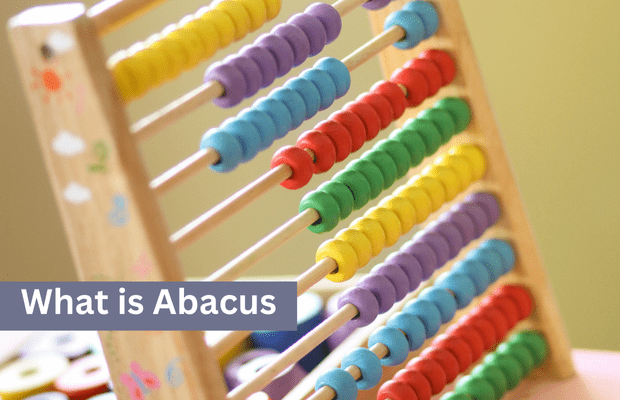What is Abacus
An abacus is an ancient mathematical tool for arithmetic operations that has rods and beads. Moving the beads facilitates addition, subtraction, multiplication, and division. Each rod represents a place value. It is still valued in school today and is used to improve mental arithmetic, cognitive abilities, and numerical understanding.
Introduction to the Abacus: An Ancient Tool for Modern Arithmetic
An abacus is a thousands-year-old calculating tool used for arithmetic calculations. It has a rectangular frame with rods or wires carrying beads that may be adjusted to indicate different number values. Shifting these beads allows users to do simple operations such as addition, subtraction, multiplication, and division.
The abacus is valued for its capacity to improve mental arithmetic skills, increase concentration, and promote cognitive development. It remains a useful instructional tool for helping students grasp fundamental mathematical ideas through visual and tactile interaction.

How Abacus Works: A Simple Guide to Arithmetic with Beads
The abacus works through the connection of a set of rods or wires, each representing a unique value such as units, tens, or hundreds. Calculations are performed by moving the beads on these rods.
A horizontal bar often divides the frame into two portions, with beads in the upper section signifying higher values and those in the bottom section representing lower values.
To compute, beads are moved towards the bar to represent integers; for example, moving three beads to the unit position represents the number 3. Addition and subtraction are performed by moving beads up and down the rods, however multiplication and division require many rods to handle shifting place values. The visual technique of calculation improves understanding of place value and arithmetic operations, making the abacus a useful maths teaching instrument.
